Invisible Victims Of The Coronavirus
- How the less fortunate are coping with a global pandemic
As officials from around the world gather the best minds available to fight the current global pandemic, it’s likely easy to forget about all the invisible victims of the coronavirus: the homeless, the imprisoned, ICE detainees, the mentally ill.
Current Events
Although it’s easy as pie for most of us to drop $200 bucks at the local grocery store to stock up on our favorite essentials, then self-quarantine inside our comfortable homes while binging on Netflix, M&Ms, and our choice of an adult beverage until this pandemic thing passes, that’s not the experience of another segment of society.
Let’s take a look at what life is likely like these days for the invisible victims of the coronavirus:
.
THE HOMELESS
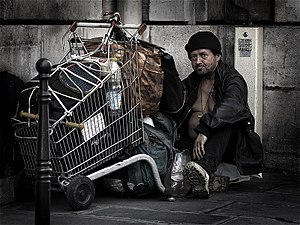 In cities across the world, the homeless frequently sleep on the streets by night then scavage for food by day. However, life is likely extremely different for them these days. The daily commuters they’ve usually been able to beg for spare change are all sequestered indoors. The restaurants they could sometimes convince to give them a hot cup of coffee or some day-old bread are all shuttered. The trash cans with freshly-leftover food are now empty. The streets are barren with the hustle and bustle of everyday life. The homeless now have their pick of any place in the park or the sidewalk to sleep. They just have no source of food to feed their belly or a kind stranger to toss them a coin.
In cities across the world, the homeless frequently sleep on the streets by night then scavage for food by day. However, life is likely extremely different for them these days. The daily commuters they’ve usually been able to beg for spare change are all sequestered indoors. The restaurants they could sometimes convince to give them a hot cup of coffee or some day-old bread are all shuttered. The trash cans with freshly-leftover food are now empty. The streets are barren with the hustle and bustle of everyday life. The homeless now have their pick of any place in the park or the sidewalk to sleep. They just have no source of food to feed their belly or a kind stranger to toss them a coin.
Likely already suffering from physical health issues, these invisible victims of the coronavirus are most susceptible to contracting the disease. Underlying health conditions + already weakened immune systems + the lack of a source of nourishment for an uncertain future + no possible way to receive a coronavirus test let alone treatment will almost certainly equal death for a large swath of the world’s homeless population. The forecast is even worse for the older homeless population.
PRISONERS
Nowadays, when health officials take to the airwaves to promote the practice of self-quarantining and social distancing, inmates watching TV from behind bars are likely looking around the room and at each other like a boy with no arms and no legs who’s been told to swim. Or, in other words, they recognize that the necessary precautions meant to save lives during this global emergency are absolutely impossible for them.
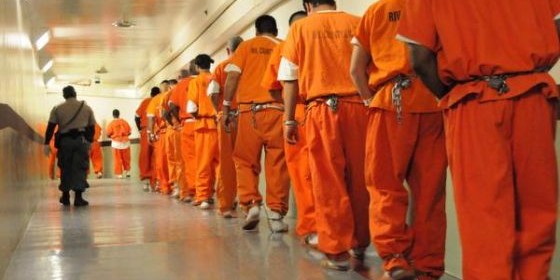
Living 2 (or more) to a cell or in prison wards filled with a large room of inmates; eating in small prison cafeterias only inches apart from other convicts; showering and exercising and having community time amid dozens and dozens of others puts them on the same level as bacteria in a petri dish. Even IF a prisoner wanted to “self-quarantine” or create “social distance” they couldn’t.
Recognizing the problem, New York City’s Mayor Bill de Blasio announced last week he would release “vulnerable” inmates from city jails in order to prevent the spread of the virus from reaching local lockups.
“In the next 48 hours, we will identify any inmates who need to be brought out because of either their own health conditions — if they have any preexisting conditions, etc. — or because the charges were minor and we think it’s appropriate to bring them out in this context,” de Blasio said Tuesday.
NYC is only one city. And so, as the numbers of the sick, dying, or dead inevitably rise, look for the prison population to be one of the main contributors. In fact, the first federal prisoner to contract the virus was announced over the weekend.
When the multitudes fall ill, prisons will quickly be reminded they are not hospitals and are poorly equipped for housing victims of a global pandemic.
.
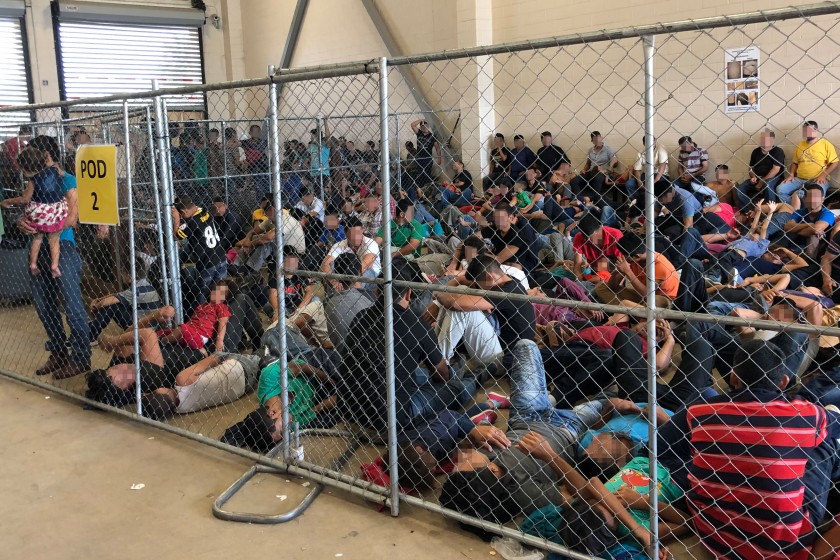
ICE DETAINEES
For those immigrants who have entered the United States illegally and are currently being held in ICE detention centers, the coronavirus could sweep through this population like a tornado through a trailer park. Just as with prisoners, ICE detainees are housed extremely close together and are unable to maintain protections the rest of the world has been instructed to do. All it takes is for one immigrant to contract the virus, and the rest will be like sitting ducks.
THE MENTALLY DISABLED
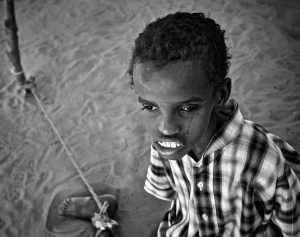 Without genuine consciousness of what’s really going on around the world, the mentally disabled are perhaps the most at risk of the invisible victims of the coronavirus. They may not understand the concept of constant washing of hands, or not touching their face, or covering their mouth when they sneeze or cough, or social distancing. So, their susceptibility to contracting the virus is likely higher than those of us who know to take precautions for prevention.
Without genuine consciousness of what’s really going on around the world, the mentally disabled are perhaps the most at risk of the invisible victims of the coronavirus. They may not understand the concept of constant washing of hands, or not touching their face, or covering their mouth when they sneeze or cough, or social distancing. So, their susceptibility to contracting the virus is likely higher than those of us who know to take precautions for prevention.
These global citizens could be living at home, in an institution, at a shelter, or on the streets, but still, the risks to them are enormous. Their vulnerability to this pandemic is almost spellbinding — and their percentage among the inevitably ill or eventually deceased could climb sky-high.

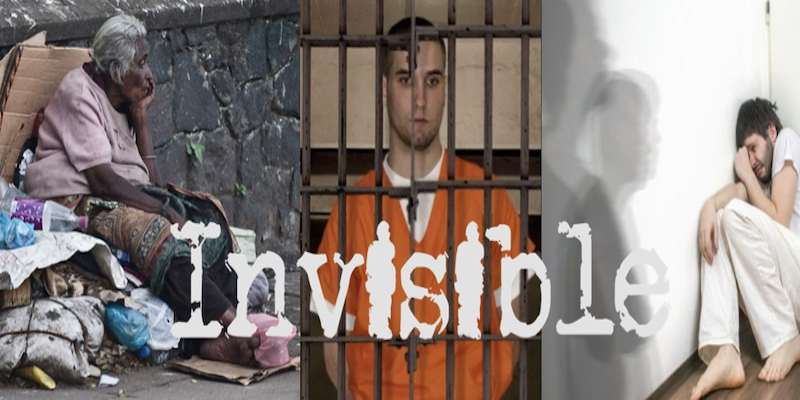





DJ, I commend you for shining much need light on this critical subject- the “invisible” and forgotten populations among us. Those most vulnerable who indeed are having to face this unprecedented and catastrophic crisis on their own. A reality that makes this growing tragedy even more tragic.
I tell you the truth…my heart aches for them and I pray for them. But I wish I could do more.
I certainly wish that my country cared more.
Btw- Some readers may recall that last week I shared that I was most concerned about Italy and also New York. In particular, said that I viewed New York as “the canary in the coal-mine.”
Sadly, it appears I was right.
I have to admit I did not think about these invisible people. I had heard they were releasing some prisoners to keep from spreading the virus but I did not think about mentally ill people or homeless. And those kids in the immigrant centers too. This is a very eye opening story.